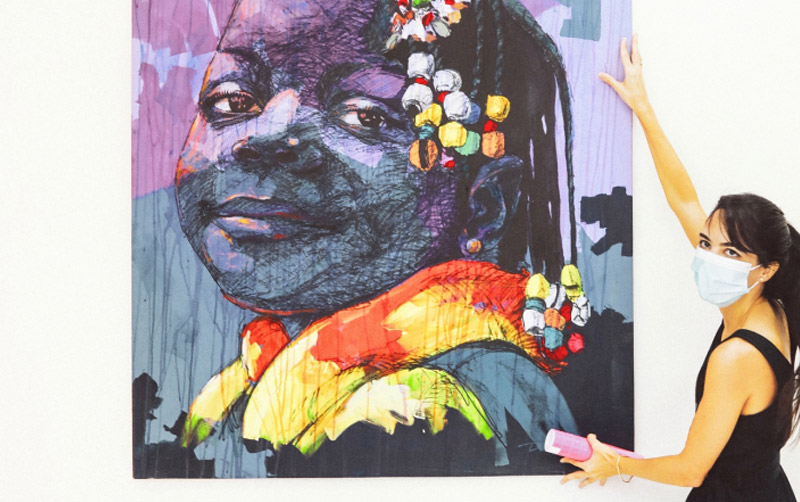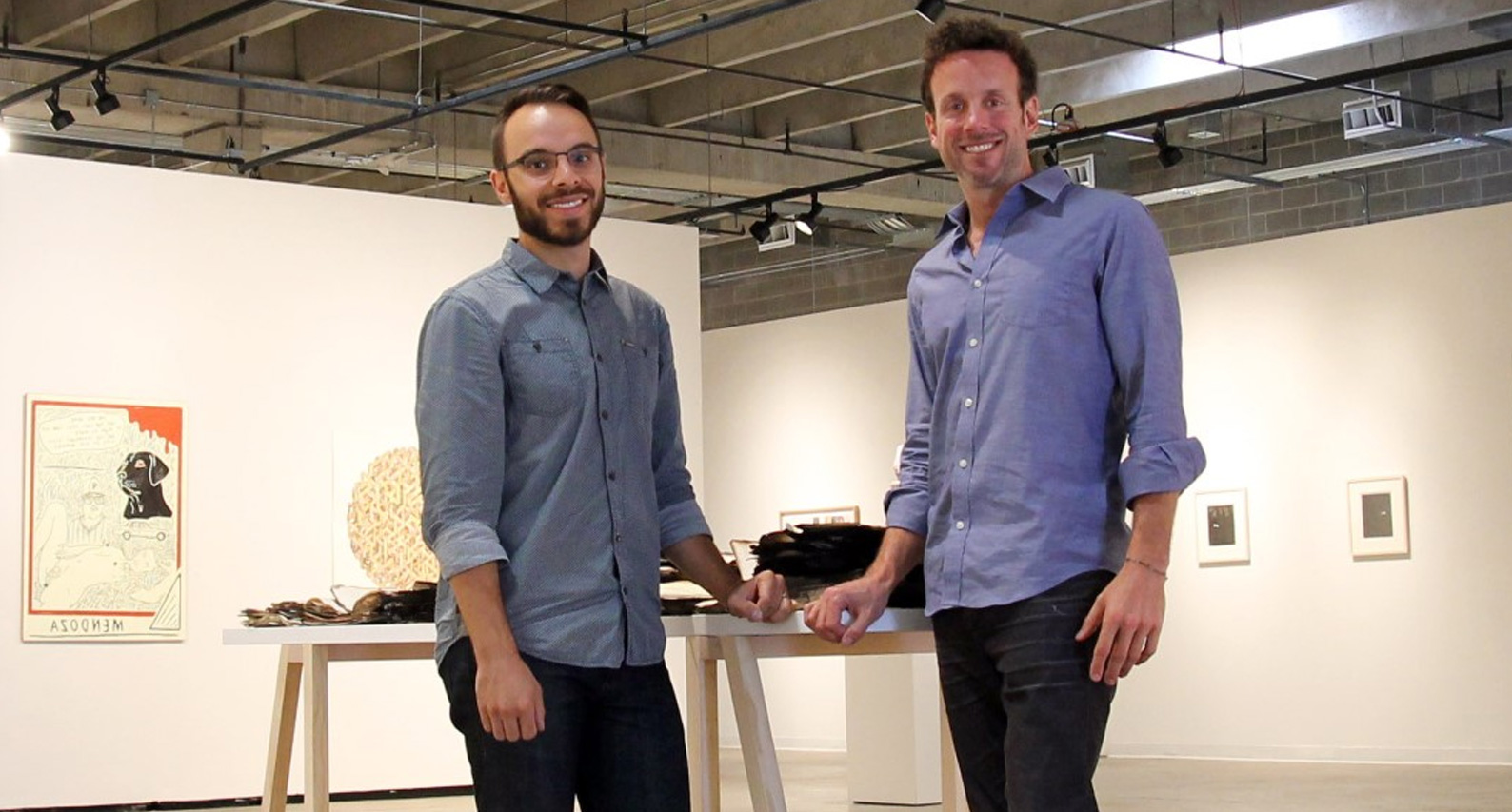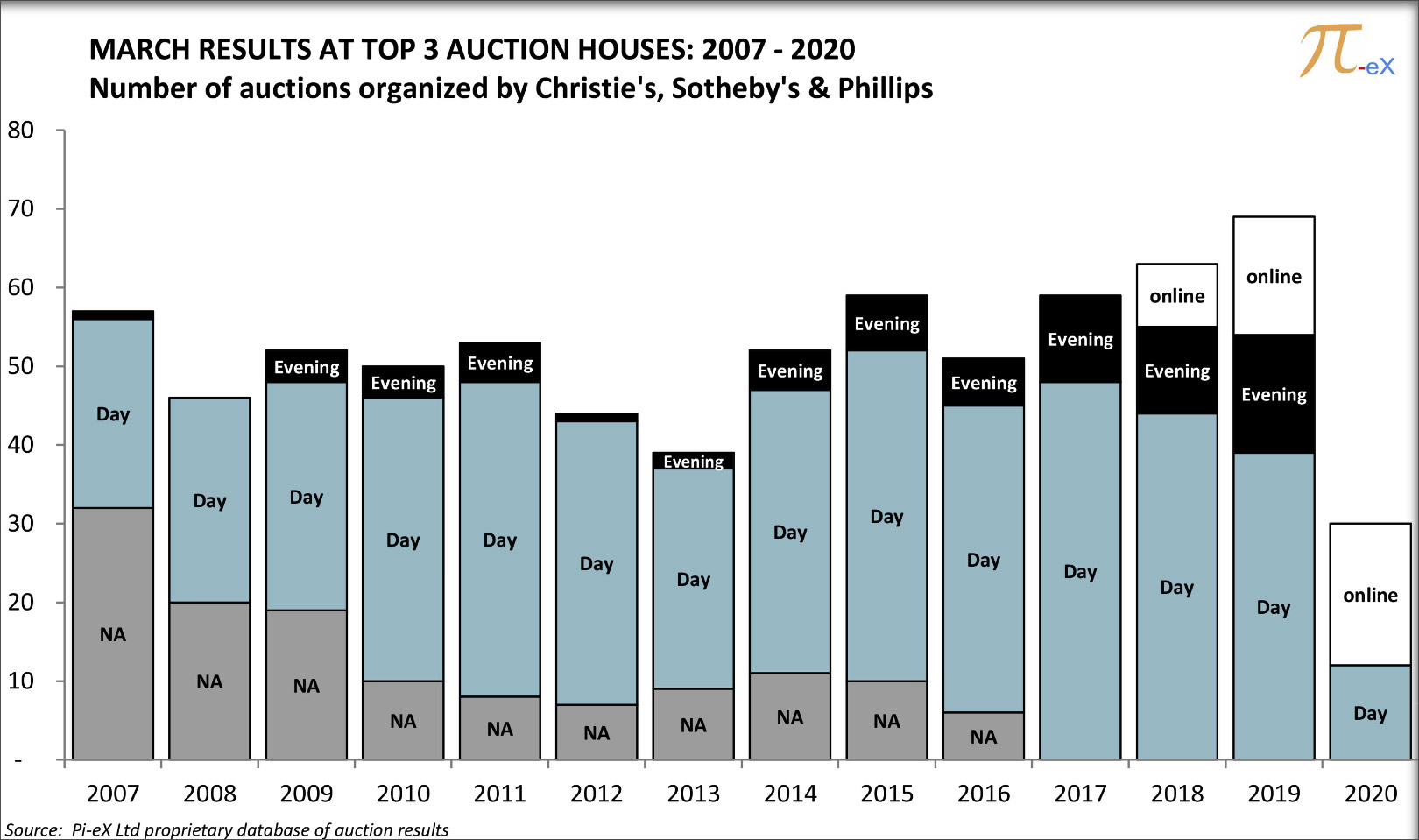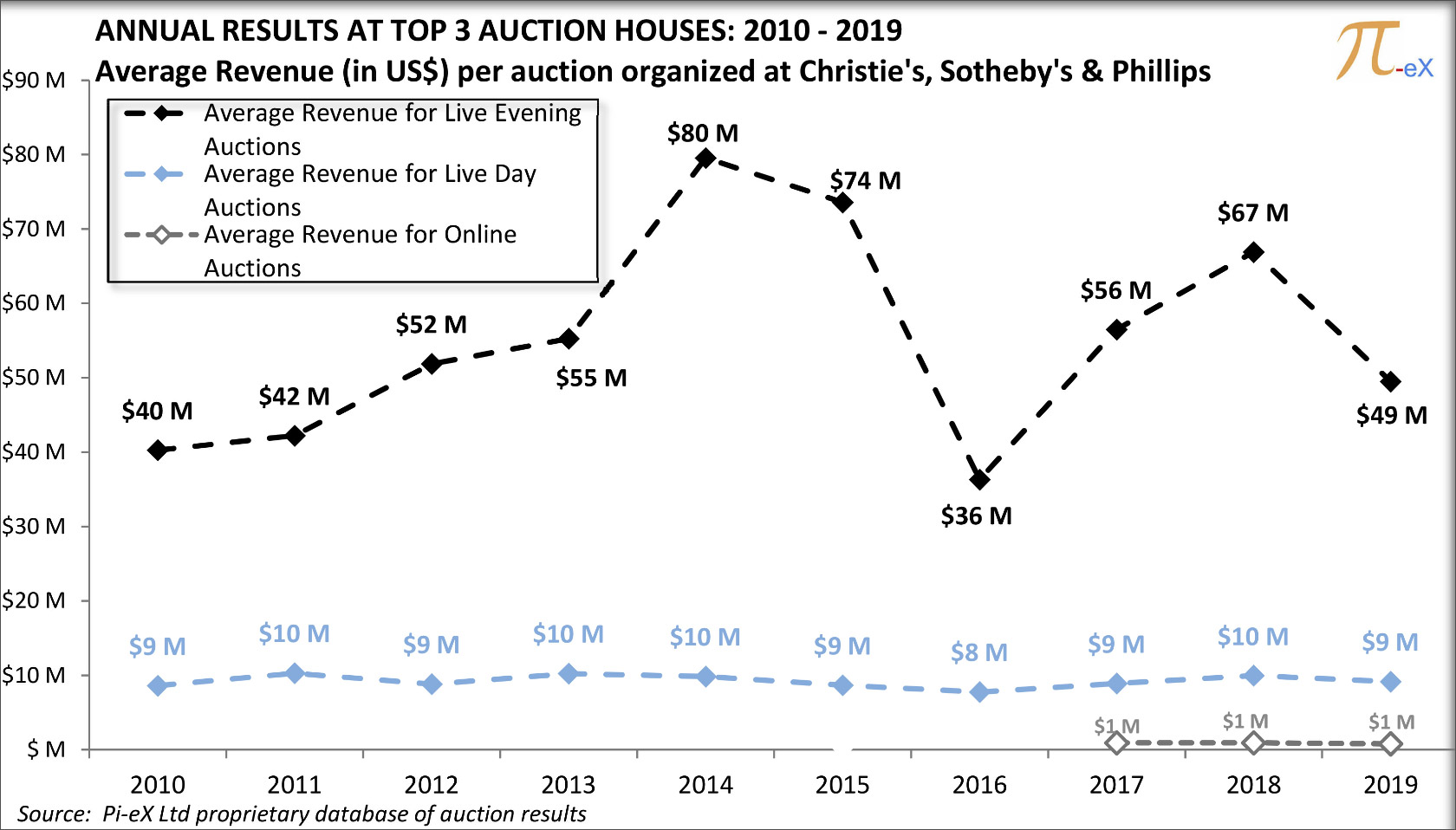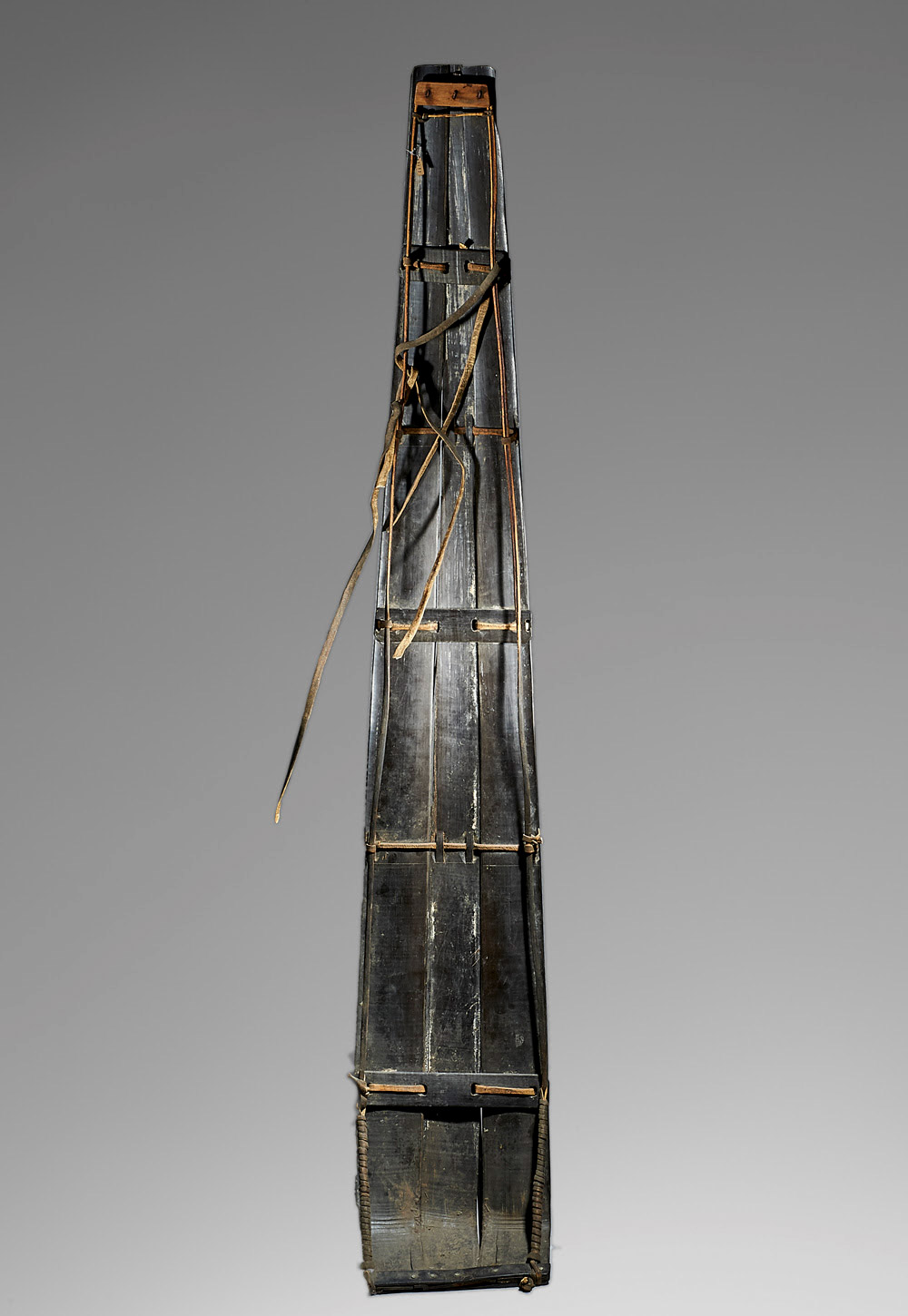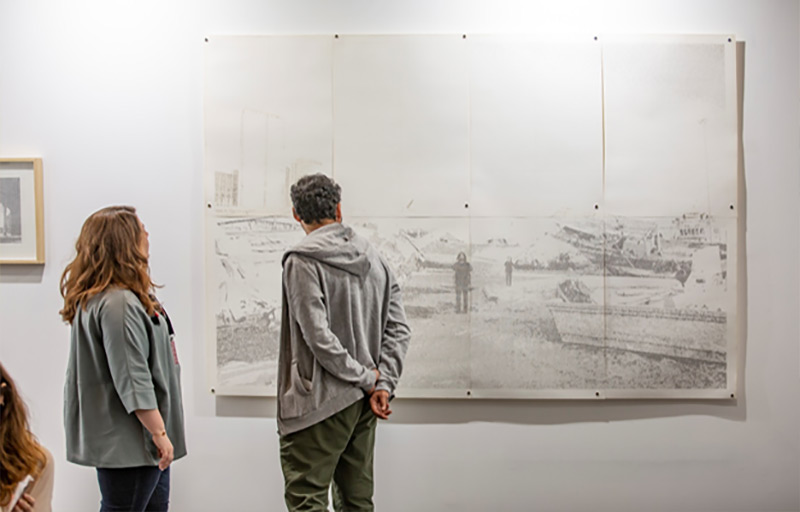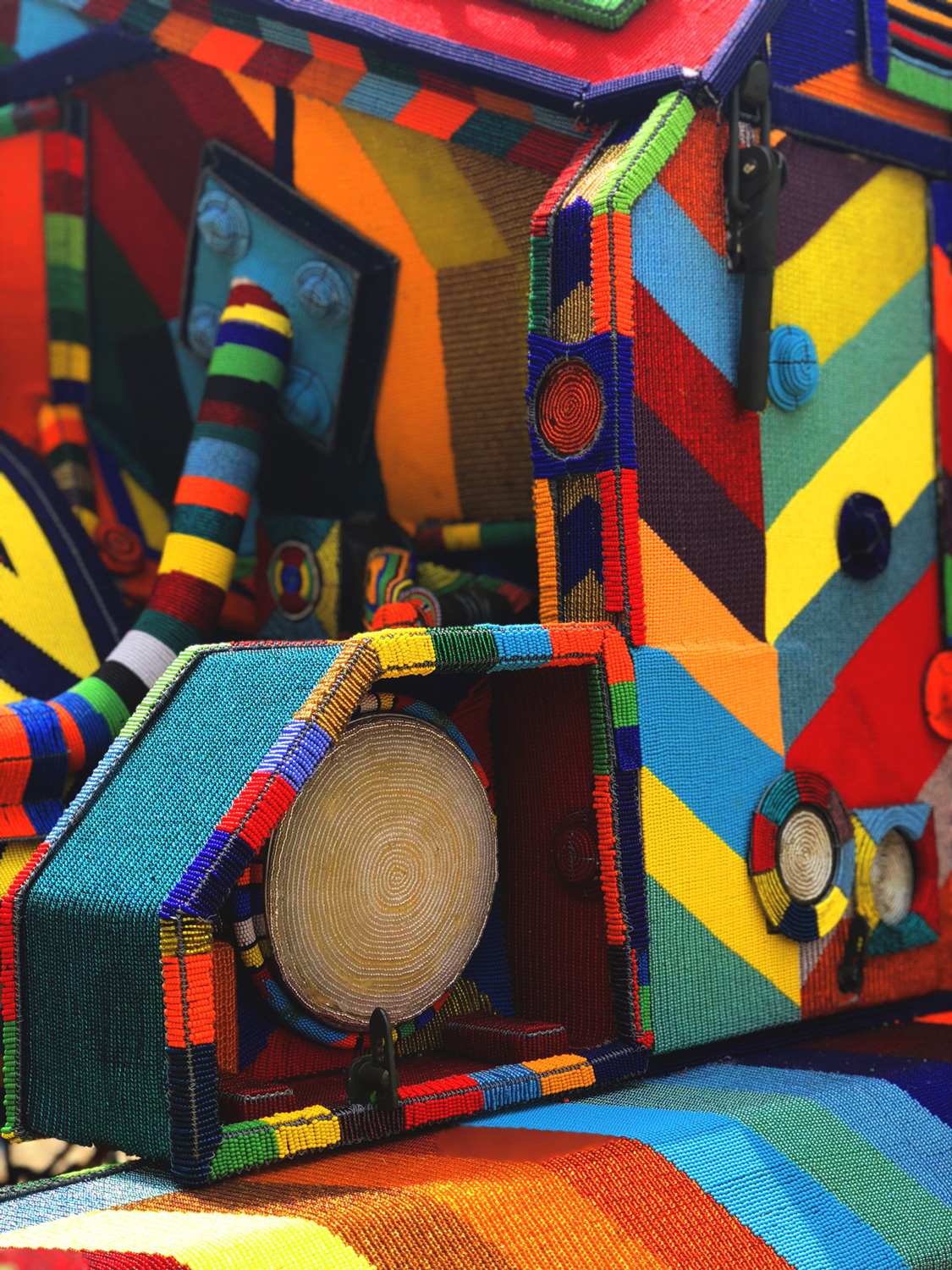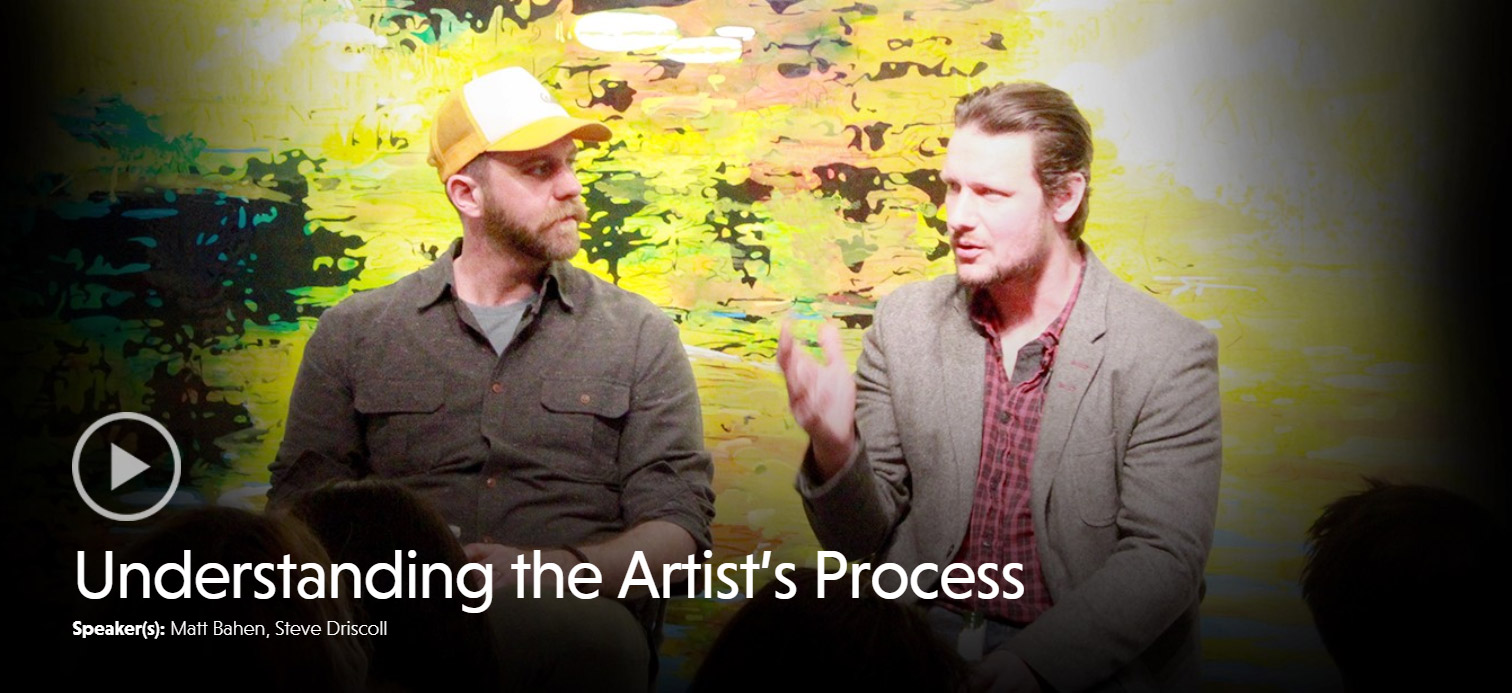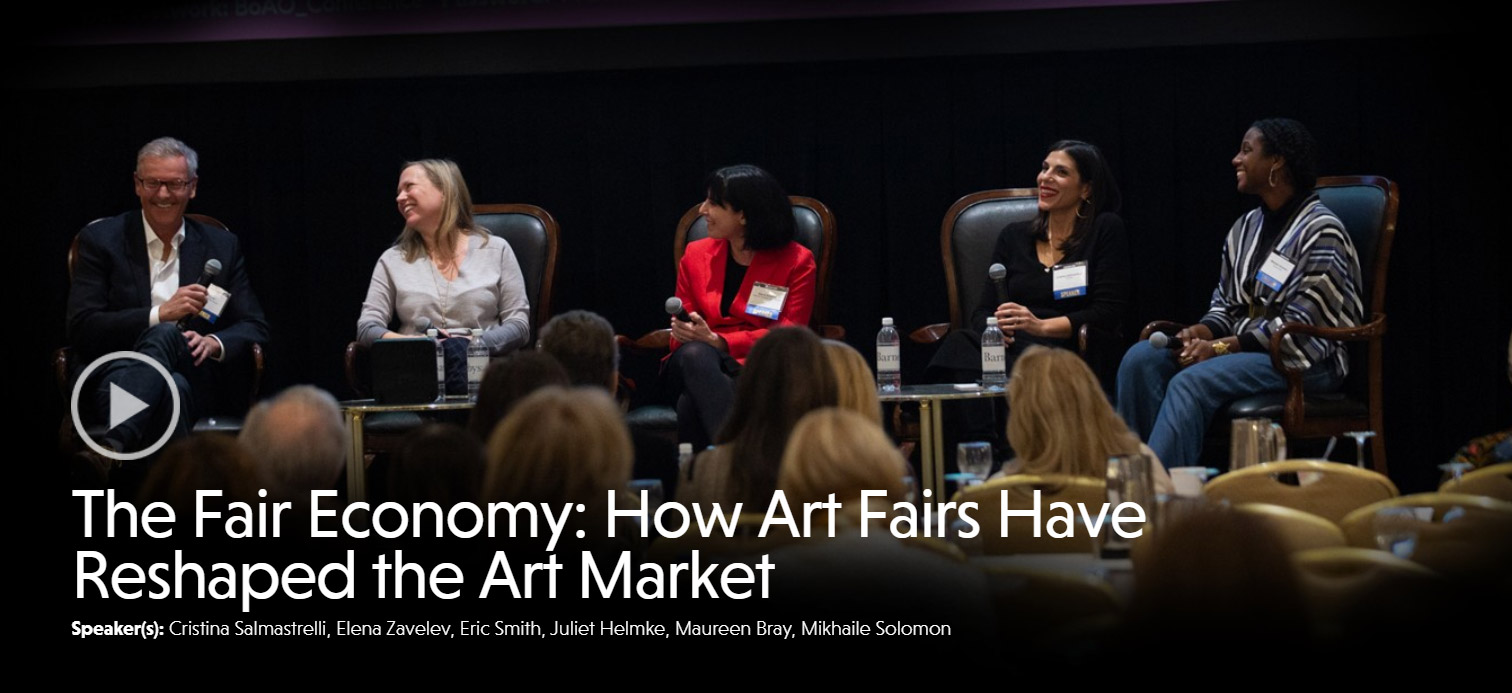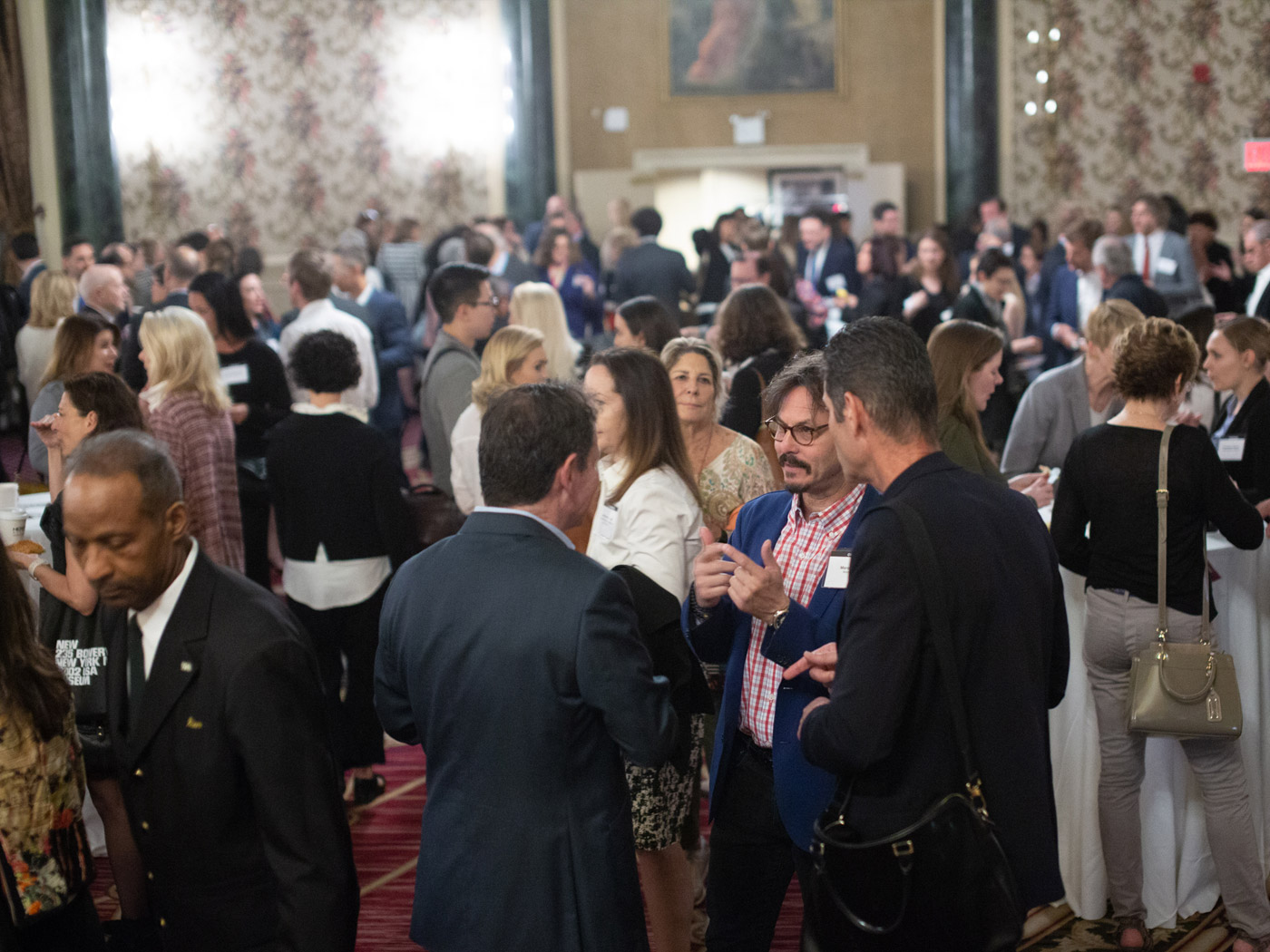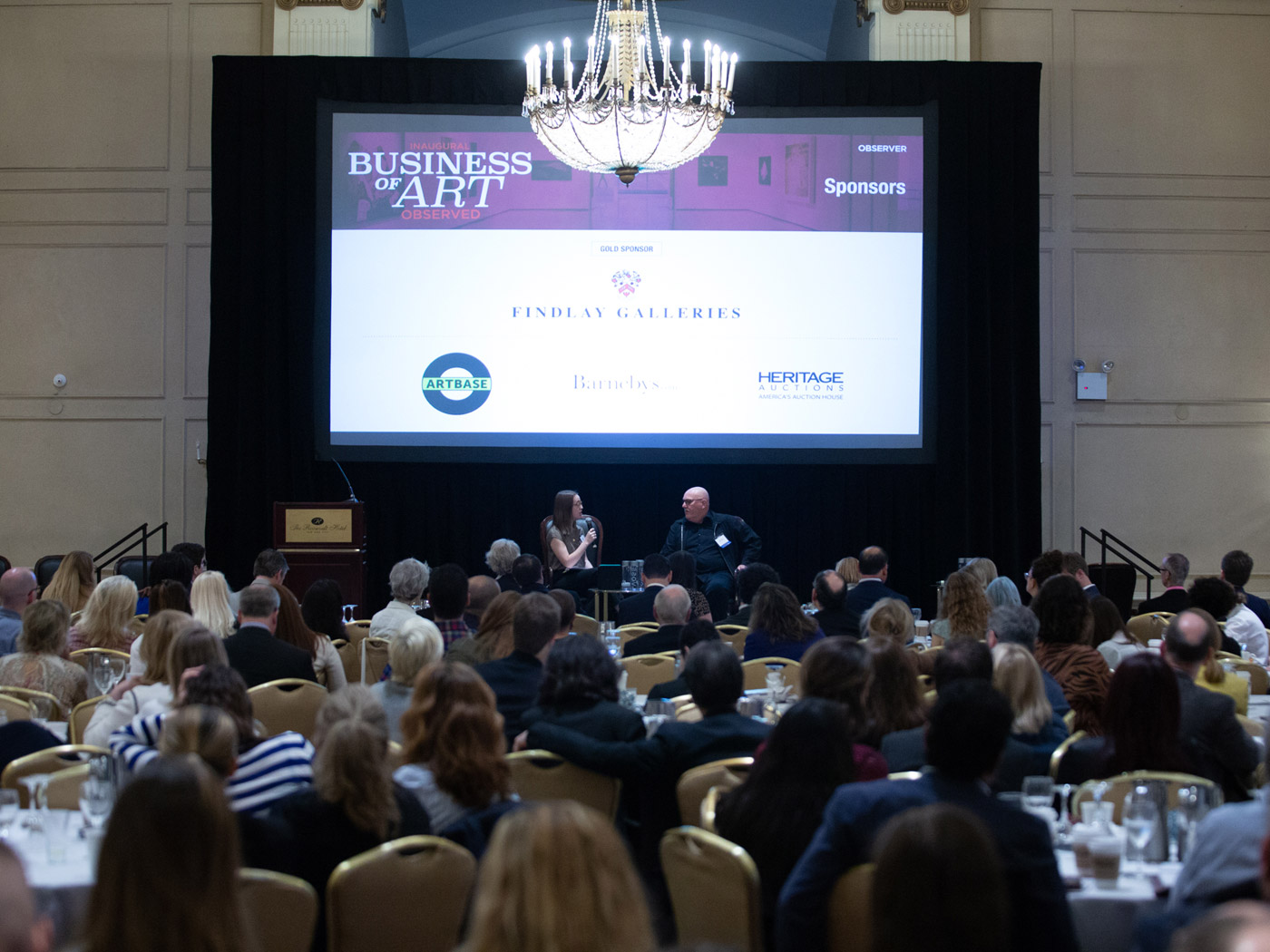Today, we chat with Ana Collazo, an art lover who studied fine arts before moving to Africa where she acted as a liaison for international investors in Senegal, Cameroon, Tanzania, Mozambique, Zambia, and Nigeria. After living in various countries for six years, she settled in Nigeria where she launched Aworanka, which was born to revolutionize the world of art in Africa. She explains how…
So, you are the founder of Awonran’ka? First off, what does it mean?
Aworanka is the first African gallery aggregator. The name Aworanka is a mix of two different words, aworan and nka, which mean art in two different African languages, Yoruba and Igbo respectively.
The Yoruba people are an ethnic group that populates western Africa mainly Nigeria, Togo, Benin, and part of Ghana. This is one of the largest ethnic groups in Africa with around 40 million individuals in and around West Africa. The Yoruba are said to be among the most accomplished and fecund craftsmen and sculptors in Africa. Besides blacksmithing, glassmaking, weaving, carving, or working leather, the Yoruba became famous for their terra cotta works made in the 12th and 14th centuries and their bronze casting in the 13th and 14th centuries. In this era, their lost-wax method of bronze casting reached a level of sophistication and technical excellence never equalled in Western Africa afterward.
The Igbo people are an ethnic group that inhabits Nigeria and Equatorial Guinea but large Igbo populations are also found in Cameroon and Gabon as well as outside Africa. Ibgo art is well-known for its masks, masquerades, and outfits representing people, animals, or non-figurative ideas.
What does Awonran’ka do?
Aworanka is an aggregator of galleries and a platform to acquire African art. Aworanka’s buying process is intuitive and simple and it includes a number of security and transparency measures that make this marketplace the best platform to acquire African art. Our main objective with Aworanka is to promote African art, honor its heritage and create a transparent process for both the art collectors and galleries.
Our buyers feel confident in our platform because we only partner with officially registered galleries that meet strict requirements. Besides, Aworanka reviews the conditions and authenticity of every artwork, handles all the export documentation and has partnered with DHL for shipping by integrating their system into Aworanka’s platform. In terms of payment, Aworanka has integrated secure payment gateways into the website with SSL (Secure Socket Layer) and 3D Secure encryption methods. In addition, Aworanka, releases the funds to the gallery only when the buyer has received the items. This gives buyers an extra layer of security.
Ana, providing guidelines at a gallery photoshoot
Modern and Contemporary Art from Africa is enjoying increased global attention. Prices of African paintings have reached record levels in auctions over the past two years. Why is that?
International collectors have steadily shown an increased interest in African art. This international demand comes from different groups. One of those groups is made of collectors living outside of Africa that have seen the evolution of the prices of African art over the past years. A second group is composed of expatriates that have worked or visited the continent. The numbers in this group has increased over the past ten years and therefore, the demand of African art coming from this public has also increased.
Another important part of this growth is the African demand. We are observing an increasing number of young art collectors on the continent that, with the growth of the middleclass, have also increased their purchasing power and have learned to further appreciate having a piece of art in their homes. Additionally, there is a large African diaspora that wants a piece of home in the country where they currently live. We are social beings and collecting art is a way or connecting with your culture and your heritage. We are trying to make the process of buying African art easier for all these groups.
Tell us about the African Art Market and the position of African Art in the global art market?
Africa is very large continent with a great and diverse art culture. Contemporary African art has gained international traction over the few past years but documentation, research and cataloguing has been more limited and constrained than in other continents. This means that collectors don’t have as much information available about African Art as they might have about artworks from other continents. This frequently creates confidence issues. This is why Aworanka has been conceived not only as a platform to sell art but as a source of information and research. Currently, we have already published over one hundred biographies of African artists, we have started publishing interviews and we expect to launch our reports section in 2021. Collectors want to make informed decisions. We are here to facilitate their decision process.
Any advice for emerging collectors of African art?
African art is a great investment as it is largely affordable compared to international prices. Furthermore, African artworks have only increased their value over the past years. One of the most important tasks when collecting or investing in art is to conduct extensive research and ensure the authenticity of the pieces. In this respect, Aworanka has partnered with Tagsmart, the world-leading provider of certificates of authenticity. Tagsmart certificates contain a host of security features from encoded cut patterns to invisible proprietary markers, making it the most secure documentation in the art market today. The physical certificate is linked to a digital record that can be accessed by scanning the QR code or by going to the public search in Tagsmart. Every purchase over $500 includes a free account with Tagsmart.
BONUS: What piece of artwork do you wish you owned?
As an art lover it is always find it very difficult to choose one artwork or one artist only. My objective is to have a diverse collection of African works that includes pieces from the old masters but also pieces from the emerging contemporary African artists. The value of art is not in one piece alone, it is in the whole collection. African art is so rich and diverse that no one would want to have just one piece.
Thanks to Ana for the chat and please discover more about her initiatives to revolutionize the African art world here.


